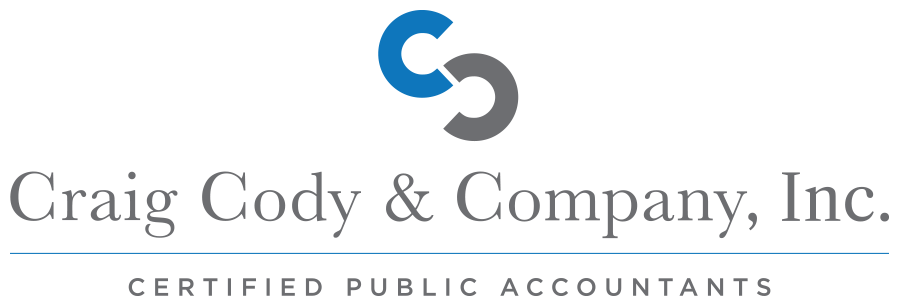The Benefits of Speaking Opportunities
Speaking engagements can be powerful tools for building your personal brand, establishing thought leadership, and most importantly — attracting new clients.
However, simply showing up and delivering your talk isn’t enough to reap the full benefits.
To truly maximize the impact of your speaking opportunity, you need a strategic approach that spans before, during, and after the event.
Katy Boos, Founder of Remix Communications, recently outlined a three-stage strategy on The Progressive Agency Podcast that will help you make the most of your next speaking engagement.
Stage 1: Before the Event
The work begins long before you step on stage. This pre-event phase is crucial for building anticipation and expanding your potential audience.
Start by promoting your appearance through your social media channels, email newsletter, and website. Announce your upcoming speaking engagement, sharing details about the event, your topic, and why people should attend.
To generate interest, offer sneak peeks of your presentation. This could be in the form of short video clips, infographics, or blog posts that touch on your topic without giving everything away.
Collaboration is key during this phase — Engage with the event organizers and work with their marketing team to cross-promote your session. This might include providing quotes for their promotional materials or participating in pre-event interviews. Reach out to fellow presenters, especially if you’re part of a panel. This can lead to valuable networking opportunities and potential collaborations.
Lastly, prepare your materials. Beyond your presentation, create handouts, one-pagers, or digital resources that attendees can take away from your talk.
Stage 2: During the Event
Your impact extends beyond your time on stage.
It’s important to make the most of your presence at the event by actively participating in all aspects of the conference. If you simply attend the event, speak to the group, and then leave without engaging with anyone there, it’s not mutually beneficial for you or the attendees.
Attend other sessions to show support for fellow speakers and gain insights you can reference in your own presentation or future content. Share key takeaways from sessions you attend by live tweeting or posting, using the event’s hashtag.
This positions you as an engaged participant and extends your visibility.
Use breaks and social events to network actively, connecting with attendees, other speakers, and industry leaders. Create content on the fly by writing quick blog posts summarizing key themes from the day, or recording short video reflections between sessions.
Gather testimonials by asking attendees for feedback on your presentation. These comments can be valuable for future marketing efforts. If the event has a press room or is conducting interviews, make yourself available to participate in media opportunities.
Stage 3: After the Event
The end of the event doesn’t mean the end of your opportunity. The post-event phase is crucial for cementing your impact and extending the life of your presentation. Start by following up with the connections you made, reinforcing the relationships you began at the event. Share your presentation by posting your slides or a recording of your talk (if available) on your website or social media channels.
Writing a recap by publishing a blog post or article summarizing your main points can allow you to give additional insights or audience questions you didn’t have time to address during your talk. Your presentation can become multiple pieces of content such as a series of blog posts, a whitepaper, social media graphics, or a podcast episode.
This reinforces the impact of what you spoke about at the event and keeps people engaged well after you’ve stepped off the stage.
And most importantly, express gratitude by thanking the event organizers, your fellow speakers, and attendees for the opportunity and their engagement. Being given a platform is a privilege, and it’s important to be grateful to those who gave it to you.
Closing Thoughts
Remember, each stage of this process builds on the others. Your pre-event promotion creates anticipation, your performance and engagement during the event deliver on that promise, and your post-event activities extend the impact and set the stage for future opportunities.
By approaching your speaking engagement with this comprehensive strategy, you transform a single appearance into a far-reaching opportunity to boost your visibility, credibility, and influence in your industry.
Each speaking engagement becomes not just a standalone event, but a pivotal piece in your broader marketing and thought leadership strategy.
To discover more about how to make the most of a speaking engagement, tune in to this episode of The Progressive Agency Podcast to hear more from our guest, Katy Boos.
Newsletter
Subscribe to our Newsletter! Join our mailing list to receive the latest news and updates from our team.

